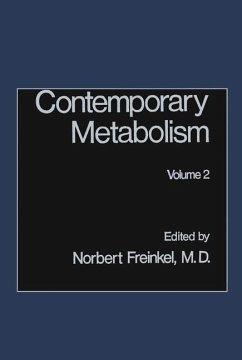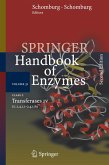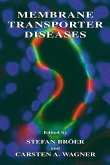All enzymes are remarkable since they have the ability to increase the rate of a chemical reaction, often by more than a billion-fold. Allosteric enzymes are even more amazing because the have the additional ability to change their rate in response to cellular activators or inhibitors. This enables them to control the pathway in which they are the regulatory enzyme. Since the effector molecules represent the current status of the cell for a given metabolic pathway, this results in very responsive and balanced metabolic states, and makes it possible for cells and organisms to be appropriately dynamic, and responsive, in a changing environment. This book provides a logical introduction to the limits for enzyme function as dictated by the factors that are limits for life. This book presents a complete description of all the mechanisms used for changing enzyme acticity. Eight enzymes are used as model systems after extensive study of their mechanisms. Wherever possible, the humanform of the enzyme is used to illustrate the regulatory features.
From the reviews: "This holistic introduction to enzymes in general covers the history of their discovery and the different mechanisms of action before going into an in-depth presentation of particular allosteric enzymes and enzyme families. ... This book will be of great help to graduate students and postdoctoral fellows interested in understanding the theory behind the action of allosteric enzymes. ... an excellent book of enzymology focusing on the mechanisms employed by allosteric enzymes and their metabolic regulation." (Helen Anni, Doody's Review Service, October, 2008)








